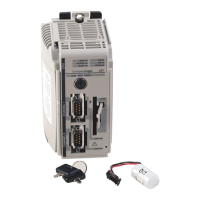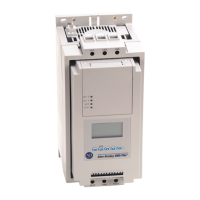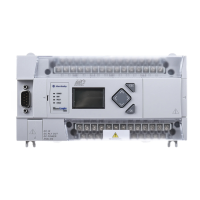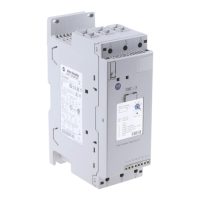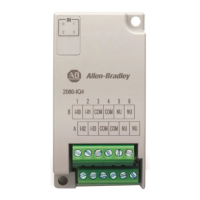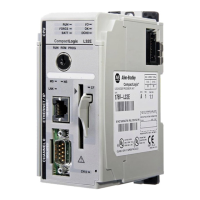Rockwell Automation Publication 1769-UM021I-EN-P - May 2018 125
Communicate over Networks Chapter 6
• Third-party devices that are directly connected to the EtherNet/IP
network
Devices Excluded from the Node Count
When considering the Ethernet node limitation of a CompactLogix 5370
controller, you do not count Ethernet devices that exist on the EtherNet/IP
network but are not added to the I/O configuration section of the project.
The following devices are not added to the I/O configuration section in your
project and are not counted among the total number of nodes:
•Computer
• HMIs that are not added to the I/O configuration section, for example,
PanelView Plus terminals
•MSG instructions
• Devices the CompactLogix 5370 controllers use a socket interface to
communicate with.
For example, the following devices require communication via a socket
interface:
–Modbus TCP/IP device
– Barcode scanners
EtherNet/IP Network Topologies
CompactLogix 5370 controllers support these EtherNet/IP network types:
• Device-level Ring Network Topology
• Linear Network Topology
• Star Network Topology
Each of these EtherNet/IP network topologies supports applications that use
Integrated Motion over an EtherNet/IP network, if necessary.
Device-level Ring Network Topology
A DLR network topology is a single-fault tolerant ring network that is
intended for the interconnection of automation devices. A DLR network is
comprised of Supervisor (Active and Backup) nodes and Ring nodes.
DLR network topologies automatically convert to linear network topologies
when a fault is detected. The conversion to the new network topology
maintains communication of data on the network. The fault condition is
typically easily detected and corrected.

